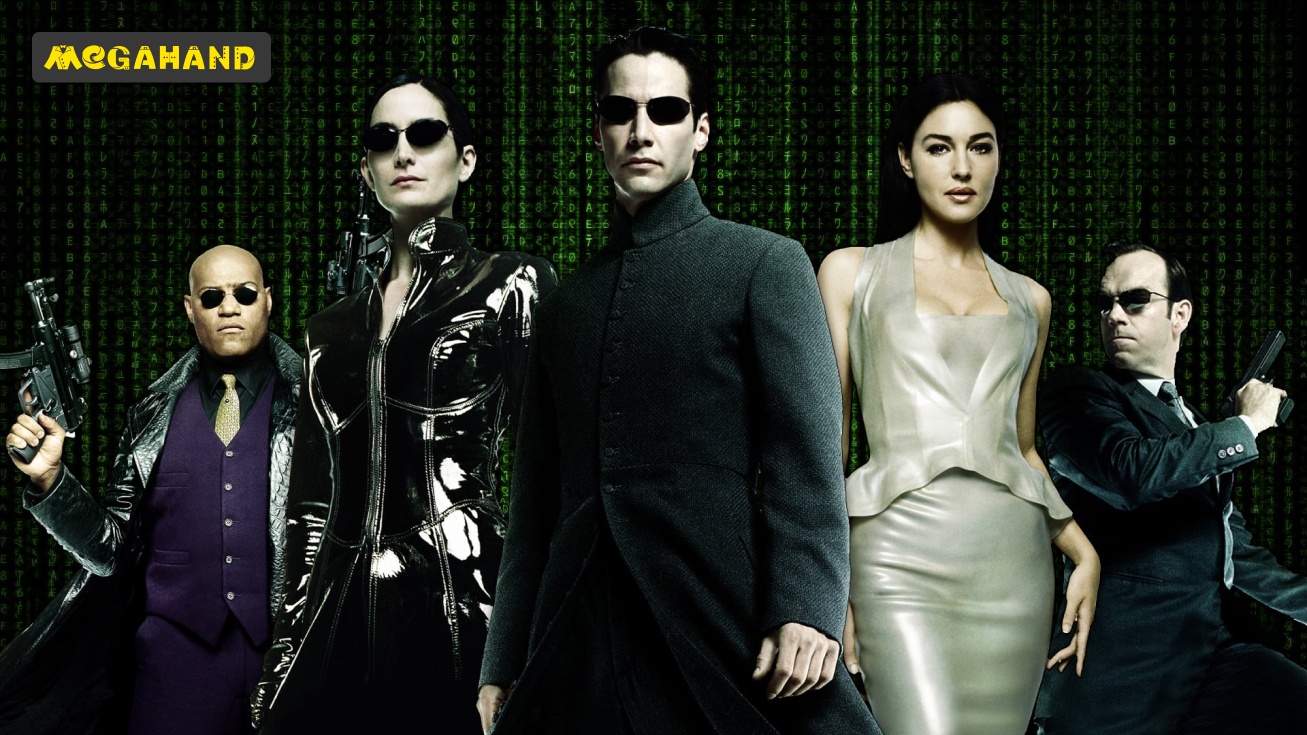Cinematography has always been not just a source of entertainment, but also a powerful tool for shaping cultural trends, including in fashion. The images of the heroes that appeared on the big screen instantly became the subject of admiration and imitation. From the glamorous looks of Hollywood's Golden Age to the rebellious styles of teen dramas, on-screen fashion has infused its way into our everyday wardrobes, inspiring millions around the world.
Style icons born on screen
Many actors and actresses have become true style icons thanks to their roles. Let's remember Audrey Hepburn in Breakfast at Tiffany's, whose look with a little black Givenchy dress became a symbol of elegance. Or Marlon Brando in The Wild One, who popularized the biker jacket and jeans as an element of rebellious style. The films seemed to give permission to wear certain clothes, making them desirable and fashionable. This influence has spanned decades, shaping generations of movie-inspired fashionistas.
Other iconic examples include the Pulp Fiction look that popularized pantsuits and white shirts for women, or Diane Keaton's Annie Hall style, which brought men's wardrobe staples into women's fashion. TV shows also have a huge influence: think of Carrie Bradshaw's iconic style in Sex and the City, which made Manolo Blahnik shoes a cult item. Even animated films, such as Disney cartoons, set certain ideas about elegance and beauty, forming aesthetic preferences from childhood.
How cinema sets trends
Cinema not only creates individual iconic images, but also launches mass trends that span entire eras. After the release of the film Annie Hall, androgynous style became widely accepted. Sports dramas popularized sportswear in everyday life. Science fiction films have often inspired designers to create futuristic collections and use new materials. Historical dramas, in turn, revived interest in certain eras in fashion, from the pompous Regency dresses to the tailored silhouettes of the 1940s. This is a constant cycle of ideas, where cinema acts as a powerful catalyst for fashion changes. Screen fashion is more than just costumes for characters; it reflects and shapes the cultural zeitgeist and social change.
Even color palettes, specific styles and accessories featured in successful films can become incredibly popular. For example, pastel colors in Wes Anderson's films or bright, bold combinations in the works of Pedro Almodóvar inspire both designers and ordinary people to experiment with their own style and wardrobe colors. The influence of cinema extends from high fashion on the runway to mass-market collections and street style.
Find your cinematic style
The influence of cinema on fashion is so great that many of the same iconic items and styles can still be found today. Vintage stores and second-hand stores often become real treasure troves for finding outfits reminiscent of your favorite movie characters. Finding the perfect leather jacket a la Brando, an elegant dress in the Hepburn style or even a suit from the 70s can turn into an exciting adventure and a real quest for vintage lovers. This is an opportunity to touch the history of fashion and cinema at the same time.
If you are in Georgia and dream of finding unique things with history, perhaps reminiscent of outfits from old films, pay attention to second-hand stores. For example, Megahand in Rustavi offers a wide range of clothes where you can find real pearls with character. By visiting our store in Rustavi, you can find something special that will add a unique twist to your wardrobe, inspired by fashion from the screen. This is an excellent opportunity to purchase high-quality and original clothes at affordable prices, following the example of cinematic style icons and creating your own unique image.
Thus, the connection between cinema and fashion is undeniable. Films not only reflect existing trends, but also actively shape them, offering new ideas and making them massively popular. Fashion from the screen is an ever-evolving phenomenon that continues to inspire us to experiment with our style, helping us express our individuality through clothing found in unique places such as thrift stores.
Frequently asked questions about the influence of cinema on fashion
Which film had the greatest influence on mainstream fashion?
It is difficult to single out just one film, as the influence is spread across different eras and genres. However, films such as Breakfast at Tiffany's (elegance), Rebel Without a Cause (youth rebellion), Annie Hall (androgynous style) and Pulp Fiction (90s revival) are often cited as having a huge and lasting influence on mainstream fashion and iconic looks.
Can you find clothing inspired by old films in brick-and-mortar stores?
Direct replicas of costumes from the films are difficult to find in regular stores, but many modern collections are inspired by vintage looks and the aesthetics of past decades shown in films. The best way to find authentic or very similar items is to explore vintage stores and second-hand stores, where you can find original clothing from the period or stylizations that fit perfectly into the concept of cinema style.
How does cinema influence the work of fashion designers?
Designers often draw inspiration from cinema on a variety of levels: from costumes in historical films and the aesthetics of certain directors to color schemes and the mood of entire genres. Cinema can set the tone for a collection, suggesting new silhouettes or even material technologies, inspiring the creation of something completely new or reinterpretation of the old.
What recent films or TV series have greatly influenced fashion?
In recent years, films and TV series with strong visuals and carefully designed costumes have had a huge influence on fashion. Examples include The Great Gatsby (1920s aesthetic), La La Land (bright colors and vintage silhouettes), The Crown (classic chic style), and popular teen series like Euphoria and Stranger Things, which set trends among younger generations by reviving 80s and 90s fashion and introducing bold new combinations.


